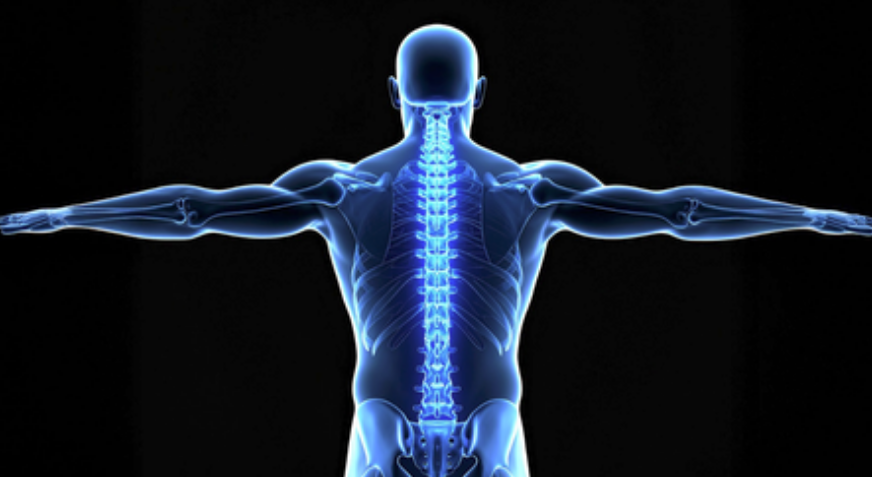
– Advertisement –
New Delhi — Researchers in Japan have reported a breakthrough in bone regeneration, successfully repairing spinal fractures in animal models using stem cells derived from the body’s fatty tissue. The findings could pave the way for less invasive and more effective treatments for osteoporosis-related fractures in humans.
The study, conducted by a team at Osaka Metropolitan University, used adipose-derived stem cells (ADSCs) to treat spinal fractures in rats. These fractures were designed to resemble osteoporotic vertebral fractures, a common and serious health concern among older adults.
ADSCs are multipotent stem cells found in body fat and can be collected with minimal discomfort, even in elderly patients. Because they are readily accessible and require only minimally invasive procedures to obtain, they carry fewer risks compared to bone marrow-derived stem cells.
Rats treated with ADSCs showed significantly improved bone regeneration and strength. The treatment also activated genes associated with bone growth and healing. The findings were published in the journal Bone and Joint Research.
“This study has revealed the potential of bone differentiation spheroids using ADSCs for the development of new treatments for spinal fractures,” said Yuta Sawada from the university’s Graduate School of Medicine.
Dr. Shinji Takahashi, a member of the research team, added, “Since the cells are obtained from fat, there is little burden on the body, ensuring patient safety. This simple and effective method can treat even difficult fractures and may accelerate healing.”
Osteoporosis causes bones to weaken and become more susceptible to fractures, particularly in the spine. Osteoporotic vertebral fractures can lead to chronic pain, reduced mobility, long-term care needs, and a substantial decline in quality of life.
To achieve the regenerative effect, the researchers developed the adipose stem cells into bone-forming spherical clusters and combined them with beta-tricalcium phosphate, a material commonly used in bone reconstruction. The combination successfully strengthened and repaired fractured vertebrae in the rats.
“This technique is expected to become a new treatment that helps extend the healthy life of patients,” Dr. Takahashi said.
Further research, including clinical trials in humans, will be needed to determine the safety, effectiveness, and long-term outcomes of this approach. (Source: IANS)


AloJapan.com